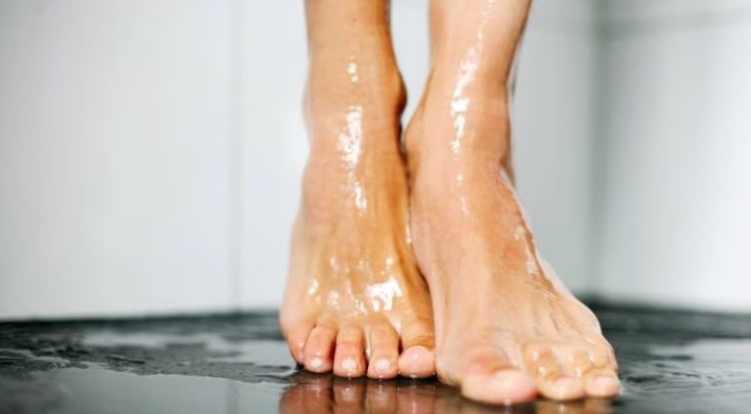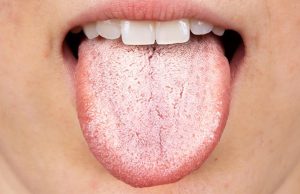
Urine color can be a surprisingly helpful indicator of your overall health. Since urine is a byproduct of the kidneys filtering waste from the bloodstream, its color can change depending on various factors. While urine color alone isn’t enough to determine a medical condition, unusual changes shouldn’t be ignored. If you notice something out of the ordinary, it’s best to consult a healthcare provider.
Clear or Transparent
Clear urine generally suggests that you’re well hydrated, but it may also indicate overhydration. Drinking excessive amounts of water can throw off your electrolyte balance, potentially leading to a condition called hyponatremia, where sodium levels drop too low.
Symptoms might include confusion, nausea, or even seizures. Transparent urine can also result from diabetes insipidus or from taking diuretics or certain vitamins. If your urine stays clear over time, it’s wise to seek medical advice.
Light Yellow (Lemonade)
Pale yellow urine is often a sign of healthy hydration. This hue suggests that your fluid intake is balanced and your body is functioning well. Proper hydration supports vital functions such as temperature regulation, digestion, and kidney performance.
This color might also reflect the presence of beneficial vitamins and antioxidants, especially from fruits high in vitamin C, like lemons.
Yellow to Amber
Urine naturally ranges from light yellow to amber due to urochrome, a pigment formed during the breakdown of red blood cells. A darker shade may signal dehydration, meaning your urine is more concentrated. However, darker urine may also suggest liver or gallbladder issues, especially if bile pigments are involved.
Some medications and supplements, like antibiotics, laxatives, and vitamin B, can also cause darker coloring. If the change is persistent or paired with pain or other symptoms, consult a doctor.

Pink or Red
Though red-tinted urine can be alarming, it’s not always a cause for concern. Foods like beets, rhubarb, and blackberries can temporarily alter urine color. However, if this persists, it could point to blood in the urine, a condition called hematuria.
This might be caused by infections, kidney stones, or urinary tract issues. Intense exercise and some medications (like phenazopyridine) can also lead to red urine. Any ongoing symptoms should prompt a medical check-up.
Orange
Orange urine often results from dehydration, making the urine more concentrated. It can also be linked to high levels of bilirubin, suggesting liver issues such as hepatitis or Gilbert’s syndrome.
Certain medications, such as rifampicin or senna-based laxatives, and foods like carrots and beets, may also give urine an orange hue. If this color appears with abdominal pain or other symptoms, seek medical evaluation.
Blue or Green
Although rare, blue or green urine can occur due to certain medications, dyes in food, or vitamin supplements. A genetic condition known as benign familial hypercalcemia can also cause blue-tinged urine.
Infections caused by Pseudomonas aeruginosa may turn urine green and require prompt treatment. In some cases, these colors can be linked to disorders involving bilirubin processing. Persistent discoloration warrants a doctor’s attention.

Dark Brown or Black
Extremely dark urine could indicate serious conditions like bladder or kidney infections, certain cancers, or rhabdomyolysis—a condition where muscle tissue breaks down and releases a pigment called myoglobin.
Though some medications and foods like blackberries or fava beans may cause darkening, any ongoing or unexplained dark urine should be evaluated by a professional.
Cloudy
Cloudy urine might be due to dehydration, infections, kidney stones, or even sexually transmitted diseases. It can also occur with chronic conditions such as diabetes or autoimmune disorders.
Cloudiness can reflect white blood cells (indicating infection) or proteins (suggesting kidney problems). A strong odor may point to a urinary tract infection or other underlying issue.
Final Thoughts
Staying hydrated—ideally with at least eight glasses of water daily—can help maintain a healthy urine color. While certain foods and medications can alter its appearance, persistent changes should not be ignored. Your body gives subtle signs about its internal state, and urine color is one of them. Paying attention can help catch health issues early and keep you feeling your best.
Peeing in the Shower, Doctor Explains Why Women Shouldn’t

While peeing in the shower is something many people do out of convenience, is it actually safe? Though it might not seem like a big deal, medical experts warn that there are potential health risks—especially for women.
Why Do Some People Pee in the Shower?
Before we dive into the risks, explore why this habit is appealing to some:
– It’s Convenient – You’re already in the bathroom, so it feels efficient.
– Saves Water – Some believe it reduces water waste by eliminating the need to flush.
– More Privacy – For those with roommates, it may seem like a discreet option.
However, in spite of these perceived benefits, experts caution that peeing in the shower isn’t as harmless as it might seem.
Why Doctors Recommend Against It

1. Bacterial & Mold Growth
Urine may be sterile when it leaves the body, yet showers create a warm, damp environment that encourages bacteria and mold to thrive. For women, urine splashback can introduce bacteria to the vaginal area, potentially leading to urinary tract infections (UTIs) or yeast infections.
2. Hygiene Concerns
Showers are meant for cleansing, not waste disposal. Urine can mix with soap scum, dirt, and other residues, creating an unclean surface. If you share a bathroom, this habit could also expose others to germs.
3. Risks to Pelvic Floor Health
Urinating while standing or squatting may prevent complete bladder emptying, which could lead to:
– Bladder retention problems
– Increased risk of UTIs
– Weakening of pelvic floor muscles over time
4. Potential Skin Irritation
Urine contains ammonia and urea, which may lead to skin irritation—especially for individuals with sensitive skin.
5. Psychological & Habit-Forming Effects
Peeing in the shower regularly could blur hygiene boundaries and reinforce habits that make it harder to maintain proper self-care routines.
Healthier Alternatives
Instead of peeing in the shower, consider these better hygiene practices:
– Use the Toilet First – Fully empty your bladder before showering to reduce infection risks.
– Stay Hydrated – Drinking enough water helps maintain a healthy urinary system.
– Clean Your Shower Regularly – Reduce bacterial buildup by disinfecting your shower frequently.
– Consult a Doctor if Needed – If you feel the urge to pee often, seek medical advice to rule out any health concerns.
Are There Any Exceptions?
Though most doctors discourage the habit, there are situations where it may be acceptable:
Medical Conditions – People with mobility issues may find it easier to urinate in the shower.
Post-Surgical Recovery – Some individuals recovering from pelvic surgeries may receive medical guidance to urinate in the shower.
Even in these cases, maintaining proper cleaning habits is essential.
Final Verdict: Should You Pee in the Shower?
Though peeing in the shower might seem convenient, the potential risks—such as bacterial infections and pelvic health concerns—make it a habit worth reconsidering. Prioritizing proper hygiene and bathroom habits will help protect your health in the long run.

















